
Copyright 2008, 2010 by Peter Senge, Bryan Smith, Nina Kruschwitz, Joe Laur, Sara Schley
All rights reserved
Published in the United States by Broadway Books, an imprint of The Crown Publishing Group, a division of Random House, Inc., New York.
www.crownpublishing.com
BROADWAY BOOKS and the Broadway Books colophon are trademarks of Random House, Inc.
Originally published in hardcover in slightly different form in the United States by Doubleday, New York, in 2008.
Library of Congress Cataloging-in-Publication Data
The necessary revolution : working together to create a sustainable world / Peter Senge
[et al.].1st pbk. ed.
p. cm.
Originally published in 2008 as: The necessary revolution : how individuals and organizations are working together to create a sustainable world.
1. Sustainable development. 2. IndustriesEnvironmental aspects.
3. Social responsibility of business. I. Senge, Peter M. II. Title.
HC79.E5N436 2010
338.927dc22
2009042791
eISBN: 978-0-385-52530-5
v3.1_r2
DEDICATED TO THE INSPIRED INNOVATORS EVERYWHERE
WHO ARE SHOWING ALL OF US THE WAY TOWARD
A DIFFERENT FUTURE.
preface to the paperback edition
A lot has happened in the year and a half since The Necessary Revolution was published in mid-2008. An economic downturn blossomed into the biggest financial crisis since the Great Depression. The U.S. government undertook a series of bailout initiatives focused on the auto, the manufacturing, and then the financial industries. A new administration came to Washington, led by the nations first African American president, riding a consensus for change that quickly resulted in a stimulus bill of unprecedented size and scope, with measures ranging from rebuilding roads to greening American cities.
The current crisis has revealed how fragile the bubble created by global industrial expansionnot just the recent bubble of limitless credit, rising stocks, and mortgage-backed derivatives, but the bubble of the entire Industrial Agereally is. It has shown that our deeply entrenched assumptions that GNP growth, material progress, and business expansion through short-term profit maximization are all that matter, and that new technologies will somehow solve whatever problems we encounter, are increasingly out of touch with our ecological, social, and economic reality. A new set of assumptions grounded in the reality that all business, educational, government, and civic institutions are interdependent and interconnected must now guide us.
All of which makes the central message of this book more timely than ever: If we look closely around the world, the basics for life beyond the Industrial Age bubble are emerging everywhere.
In the past year alone, the number of innovations reinventing our systems of global commerce has exploded. In harsh times, more and more businesses are realizing they can afford neither the cost nor the risk of wasting energy, as are others600 U.S. college presidents have pledged to create carbon-neutral campuses. More businesses are finally seeing the larger systems within which they operate and collaborating with nongovemmental organizations, combining their knowledge of commercial and market-based systems with the NGOs understanding of social and ecological ones. More businesses are discovering just how much their customers, and their employees, value more responsible products. Nike now rates all new products based on embedded water (water used across the whole supply chain to produce the product), embedded energy, waste, and toxicity, a step toward its commitment to zero waste, zero toxicityclosed-loop productionfor all products by 2020. Starbucks has committed to eliminating all disposable cups and is working together with paper and plastics producers, cup manufacturers, municipalities, and recyclers to make this happen. The green building movement continues to revolutionize architecture around the world. More than seventy organizations, including many of the worlds largest food businesses and NGOs, are now part of the global Sustainable Food Lab, bringing sustainable agriculturehealthy food, healthy farming communities, and healthy agricultural ecologiesinto the mainstream.
That said, we are at the beginning of the beginning. The number of businesses truly transforming their strategic vision is still small. We have yet to stop rising greenhouse gas (GHG) emissions, the first step toward the massive reduction needed to stabilize atmospheric concentrations in the next two to three decades. The same can be said for the extraordinary shifts needed to slow and then reverse the destruction of ecosystems, the loss of topsoil, and the still growing consumption rates of water from watersheds and river systemsnot to mention reversing the forces behind global inequities in wealth, material security, health, and well-being.
The Industrial Revolution took more than two hundred years to spread around the world; the Necessary Revolution toward a sustainable economy will not happen overnight.
Which leads to the inevitable question: Do we have enough time? As the pioneer systems thinker Donella Meadows once said, I choose to believe that we have just enough time. That we have vast, as yet untapped collective creative capacity sufficient to create as yet unimagined ways of truly living togetherall of uson this small planet. What we do not have is any time to waste.
contents
part I
ENDINGS, NEW BEGINNINGS
part II
THE FUTURE IS NOW
part III
GETTING STARTED
part IV
SEEING SYSTEMS
part V
COLLABORATING ACROSS BOUNDARIES
part VI
FROM PROBLEM SOLVING TO CREATING
part VII
THE FUTURE

1

A Future Awaiting Our Choices
A nyone visiting Australia today cannot help but notice massive billboards in all the major cities encouraging people to conserve water. A natural response would be to think these are the result of recent drought conditions, and indeed they arein a way. But though the signs are new, the drought they were erected in response to has gone on for years and shows no sign of improvement. Across the nation, water reservoirs are at roughly one-quarter of capacity and have been declining for a decadethanks to a combination of subnormal rainfall and rising temperatures widely attributed by leading scientific panels to climate change. Starting in 2007, water became the focus of national debates; one popular suggestion even called for the complete elimination of the nations large citrus crop. This sounds drastic, but when there is simply not enough water to go around, hard choices need to be made, even if that means sacrificing an important crop in an industry that accounts for roughly 3 percent of GDP. The countrys national election in fall 2007 was the first in the world in which climate change was the number one issue (and the candidate deemed most dedicated to addressing it won), a possible harbinger for other countries in the coming years, including the United States.


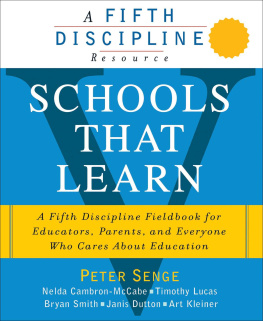
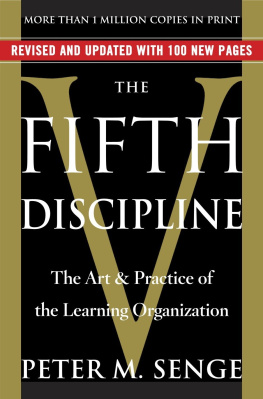
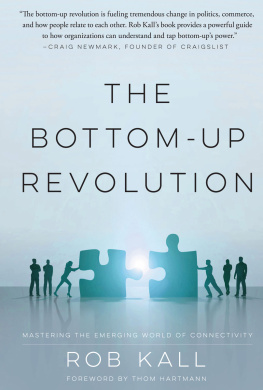

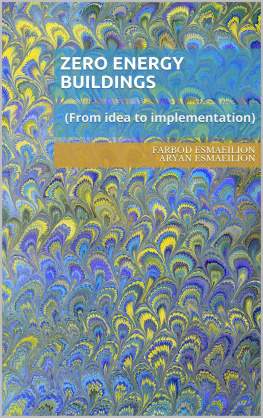
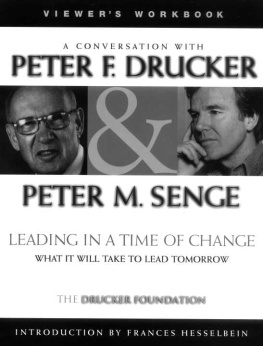

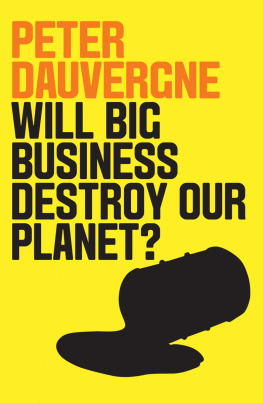
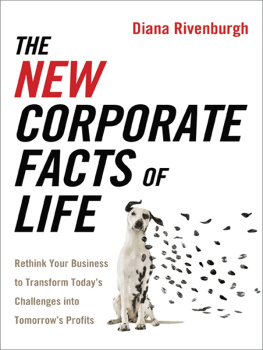
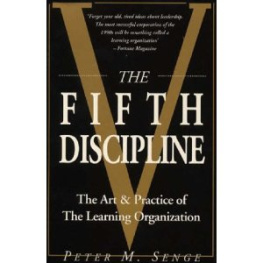

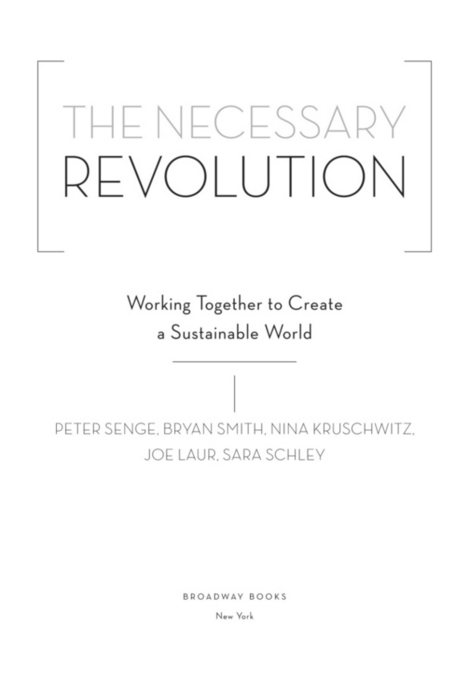

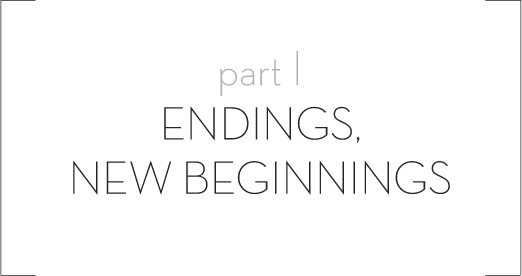
 1
1 